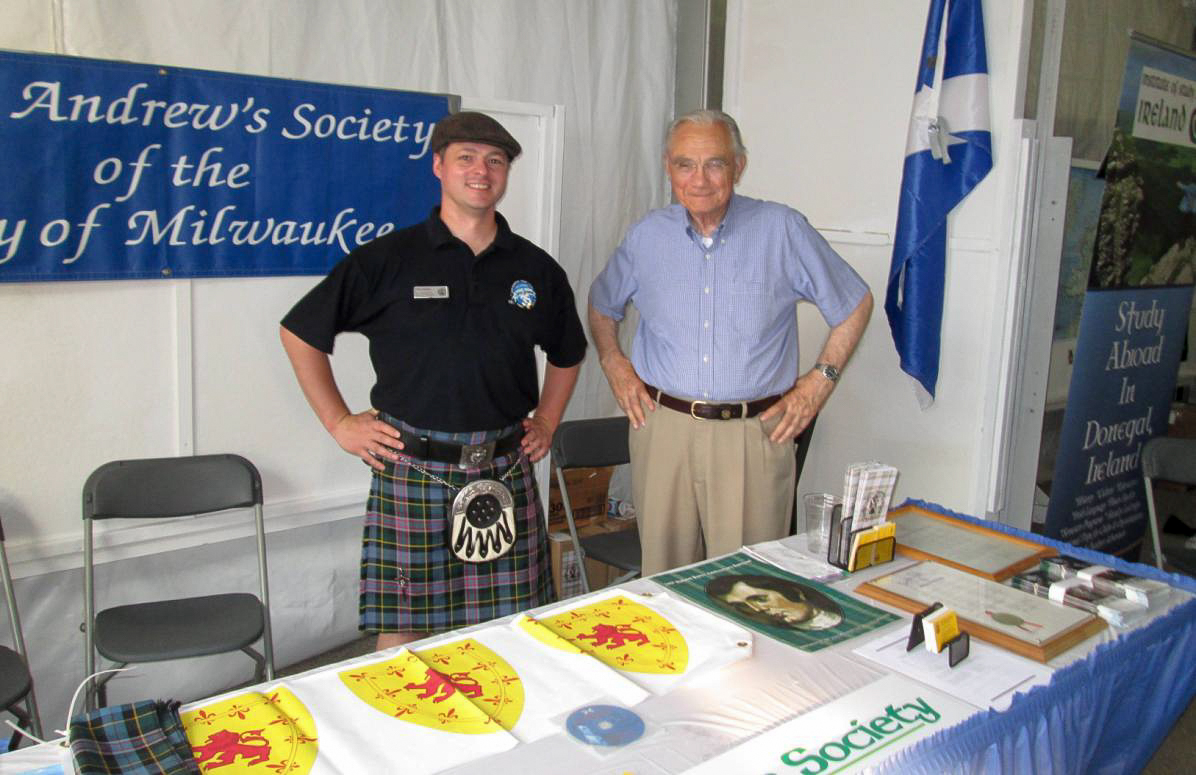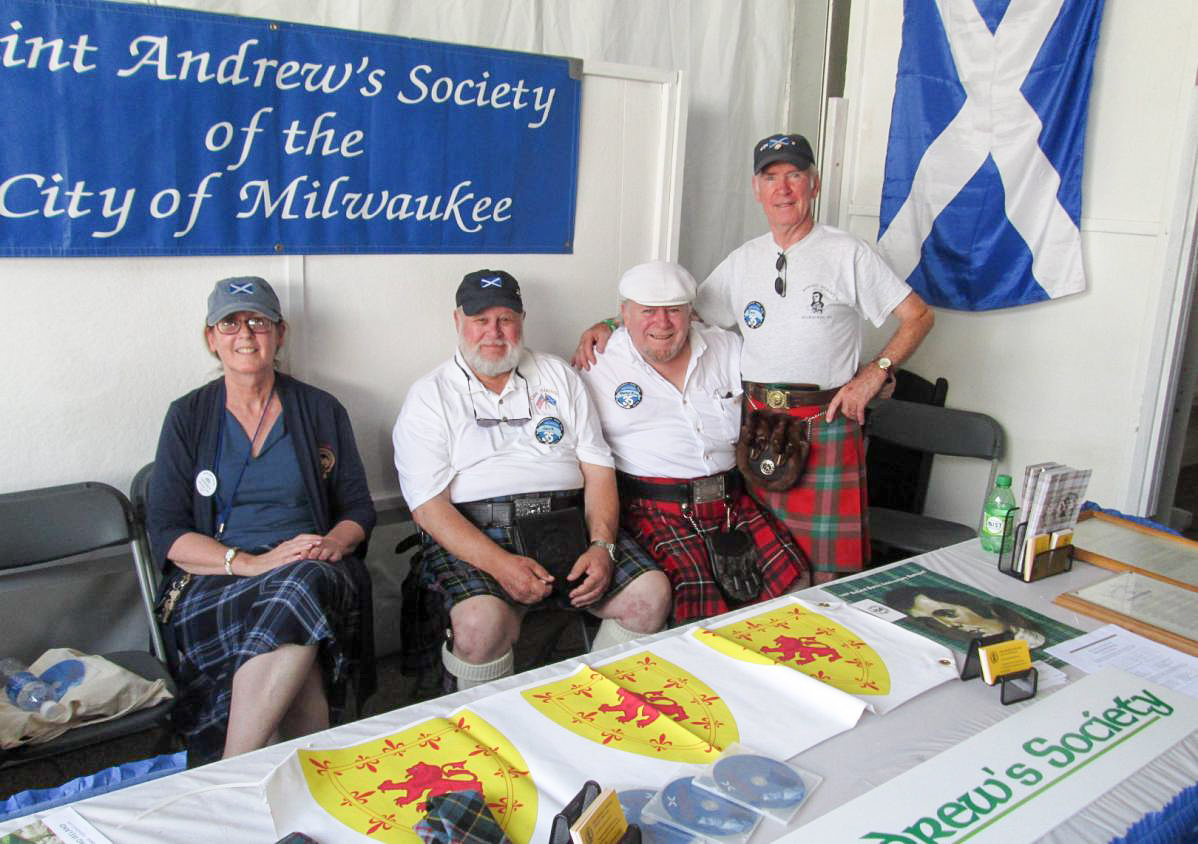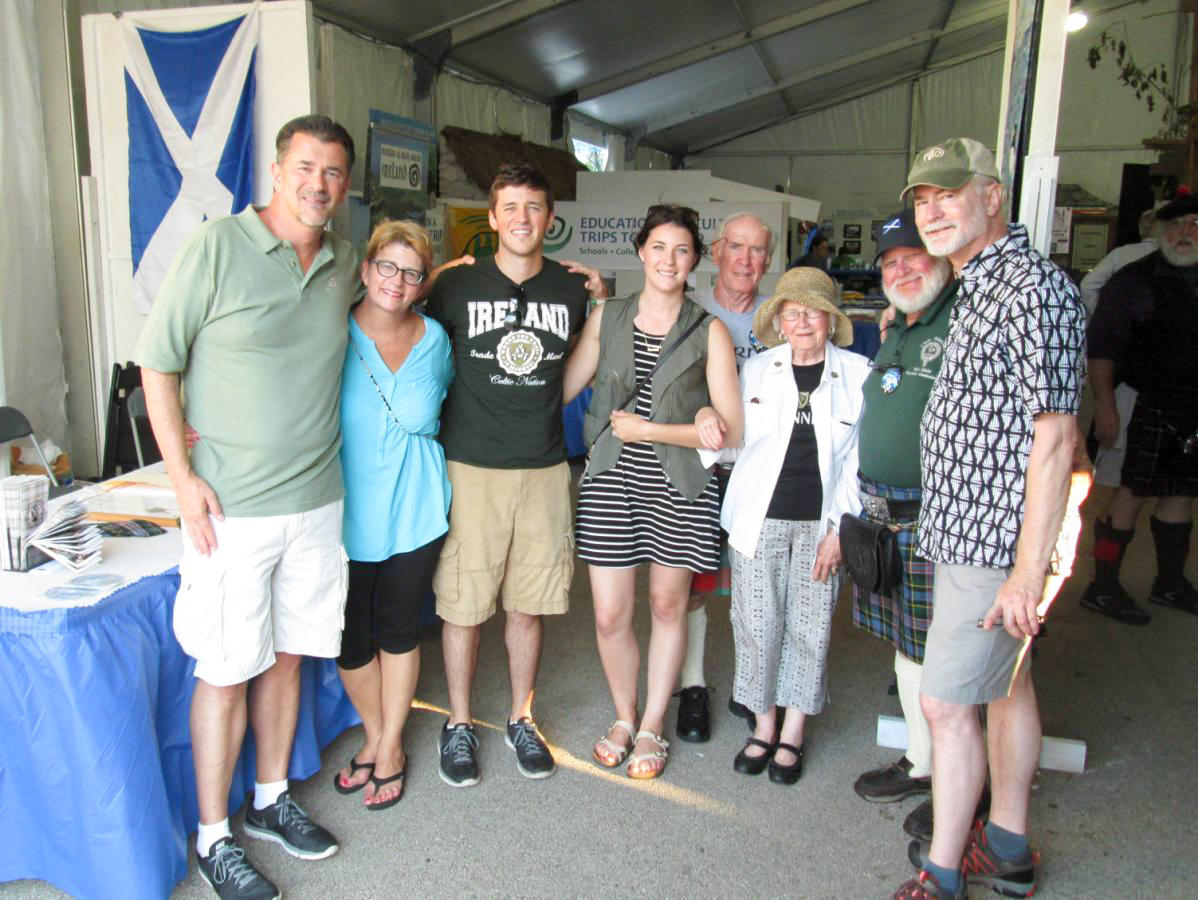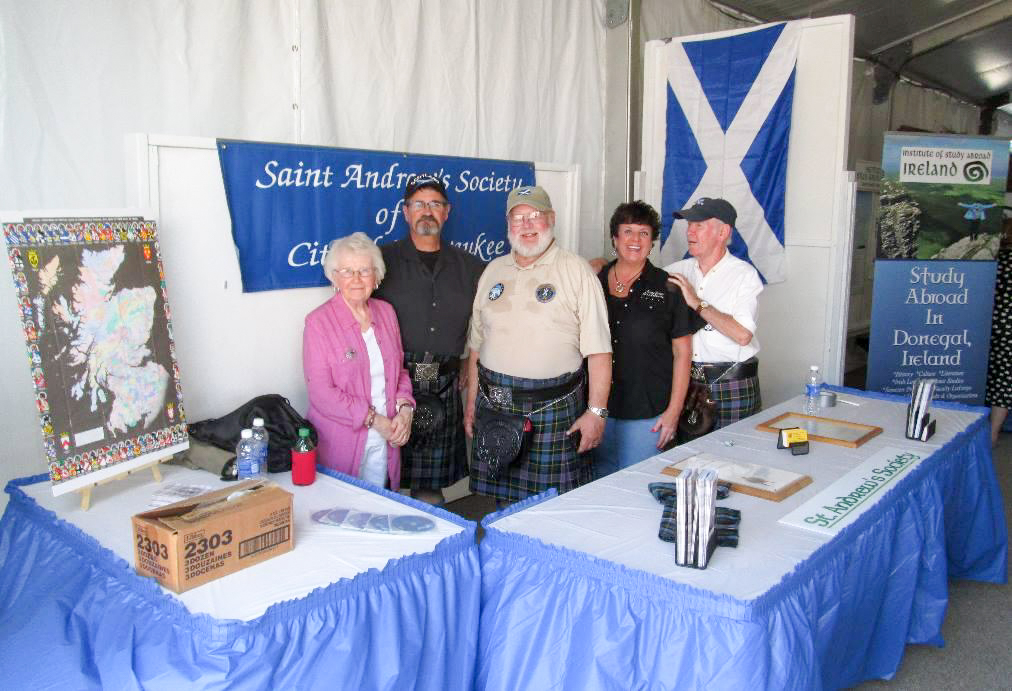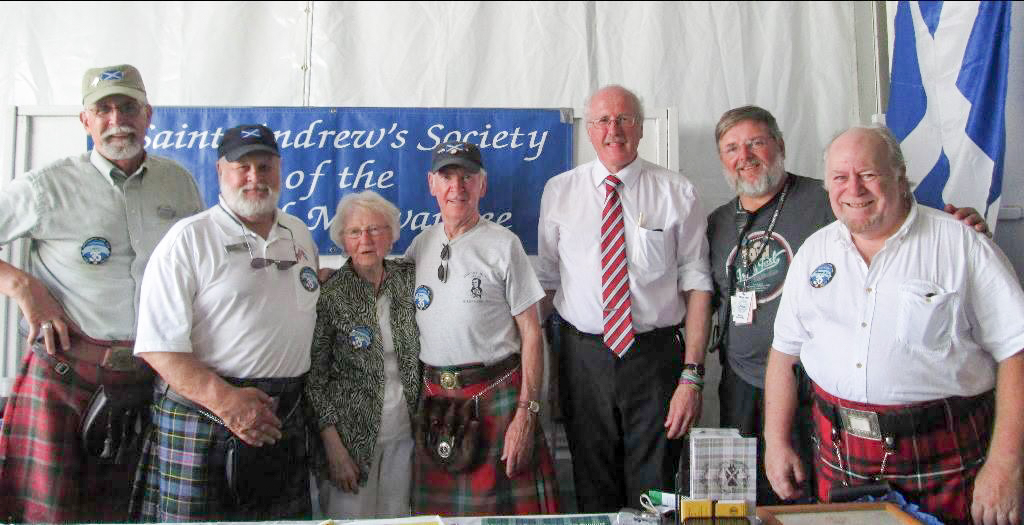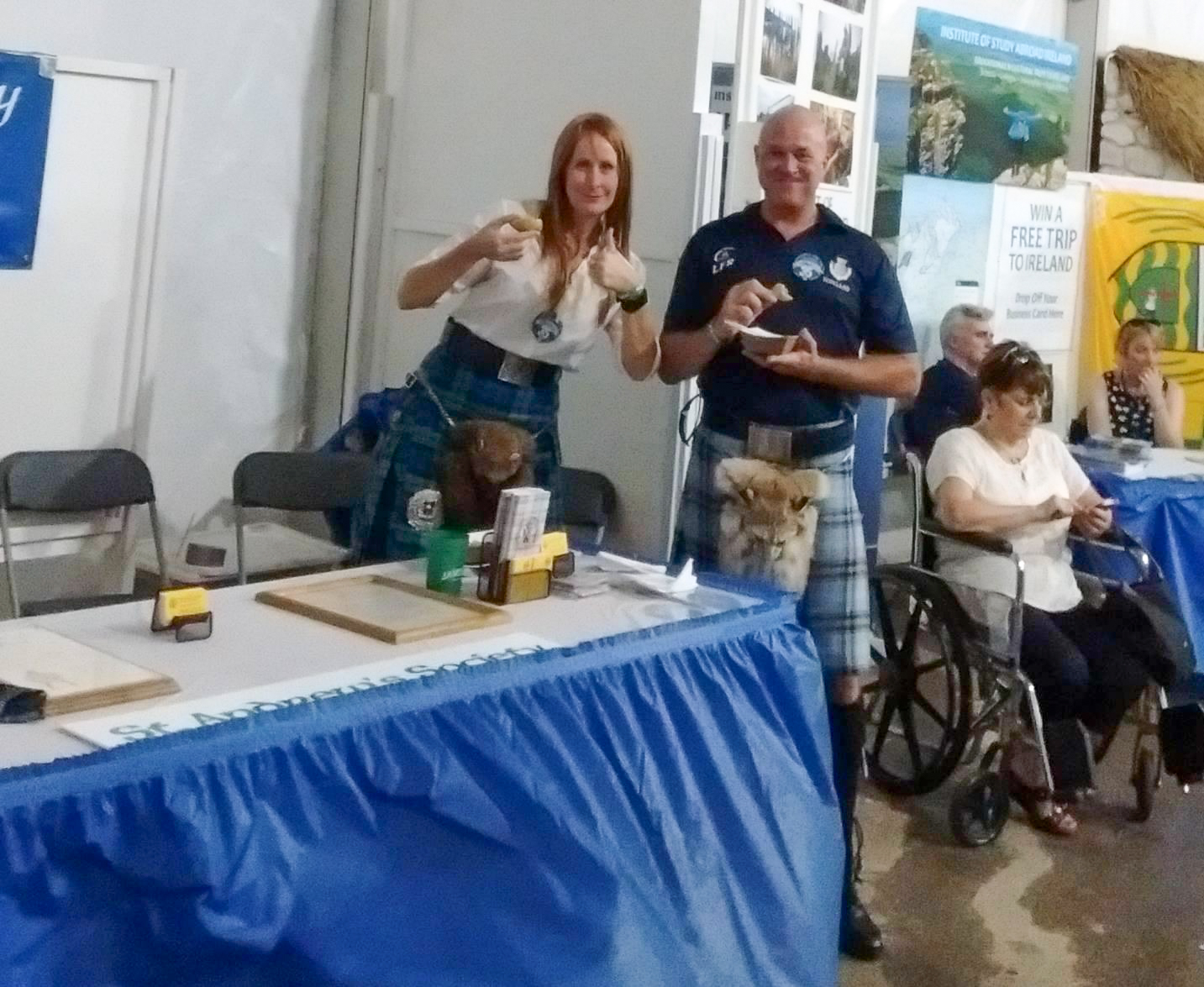Last night's whisky tasting was a great success. We hope you'll join us next spring when we do it again!
Our presenters: Harold Hansen, Larry Kascht, Kevin Hansen
For our consideration: Bruichladdich
photos: Kevin Hansen
Last night's whisky tasting was a great success. We hope you'll join us next spring when we do it again!
Our presenters: Harold Hansen, Larry Kascht, Kevin Hansen
For our consideration: Bruichladdich
photos: Kevin Hansen
Online ticket sales for our November 14, 2016 whisky tasting are now open to the general public. Member pre-sales have been brisk, so remaining seats are limited.
This month we explore "Selections from Bruichladdich.”
For more information and to snap up those remaining tickets, click here now.
With much sadness we report that long-time member Bruce McGarigle died on September 6, 2016 at the age of 84.
A memorial service will be held for Bruce on Friday, Sept. 16th at Mount Carmel Lutheran Church, 8424 W. Center St., Milwaukee. Visitation will be from 9–11am, with service at 11am. Burial will be at Highland Memorial Park, 14875 W. Greenfield Ave., New Berlin, following lunch.
Bruce's wife Karen has asked that as many members as possible come to the service to honor him, kilted of course. We would like to meet at the church at approximately 10:00am.
Further details here.
Information and tickets for our first annual Celtic Swing Classic, September 18, 2016, a joint event between Wisconsin Scottish and Saint Andrew's Society, are now available here.
Our annual summer picnic is July 16th. Click here for more information and to buy your tickets.
A great Scottish kick-off to summer - the Milwaukee Highland Games! View photos from this wonderful annual tradition!
Read MoreHere are some great photos from last Friday night's President's Dinner at the Wisconsin Club's Country Club. It was a grand affair! [Photos by Kevin Hansen and Cindy Hansen.]
Read More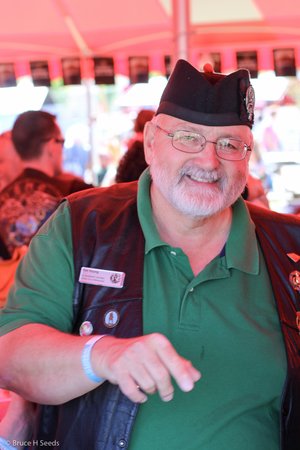
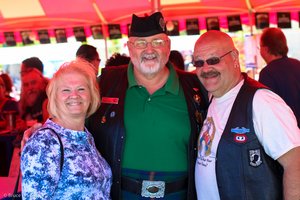
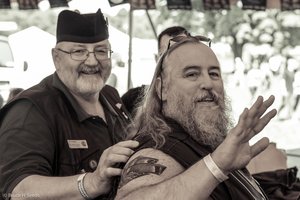

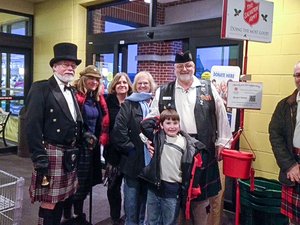
We are heartbroken to share that past SAS President, Timothy “Tim” Young passed away on April 4, 2016. Tim was active in the local Scottish community and also served as Vice President of Clan Young International, was a proud member of Wisconsin Scottish and a Master Mason.
We send sincere condolences, prayers and healing thoughts to his wife Carol, and his beloved family and friends.
https://www.legacy.com/us/obituaries/jsonline/name/timothy-young-obituary?id=3296523
Our next Scotch whisky tasting will be Monday, April 11, 2016 at 8:00pm at The Wisconsin Club. Click here for details and to purchase tickets. Seats are limited.
Robert Burns Banquet in Photos
Read MoreAt our table in the Cultural Tent at this year's Irish Fest we had a lovely time with members both present and future.
by Aidanne MacDonald-Milewski
Good morning from Orkney! This has been quite the week. I'm learning so much by working at the Ness!
Last Thursday I learned how to sort organic materials that are found in soil samples by a process called flotation, where you soak the sample with water to wash away the mud and gently sieve off whatever floats.
Last Friday I spent troweling away, but within the last hour of the day, I found a broken piece of pottery, a piece of flint, and a round, worked stone pot lid! I don't think I could have ended the week on a better note.
Then Saturday, our group of students went to the island of Rousay, which was truly something to see because it had Neolithic, Iron Age, Pictish, Viking Age and Medieval period structures present in a relatively small area! We were able to visit Midhowe cairn, Midhowe broch and three different burial mounds, two of which were excavated. It was really interesting to see the layers of occupation at Midhowe broch, because the broch was from the Neolithic period and the surrounding side houses were of the Pictish style. That day we were gone from 9:30am —6:30pm, so it was a long day but a good one!
Then Sunday was "open day" at the Ness. This is a day that is geared toward educating the local people who can't make it to the site during the work week, about what's newly found at the Ness. That meant though that we were working again, troweling away! I posted this picture because I'm becoming very attached to this piece of the trench! But I also learned a bit about the culture of the Neolithic people, such as how they drilled stone to make tools, and how they used different resources around them (such as volcanic rock, charcoal, bones) to make paints! I also learned the methods by which they likely carved stones which was all really interesting!
Then Monday and Tuesday I continued to trowel away, trying to determine where the edge of the midden pits of my part of trench t were! It's neat being able to see the different soil deposits so clearly after digging in the same one for days! Then, Tuesday night I went to a lecture held by Martin Carrithers on Iron Age Orkney's Neolithic inheritance where he described examples of how the Iron Age people reused Neolithic structures to build their own, which was different from the Bronze Age people who built their settlements around Neolithic sites.
Wednesday and yesterday I was taught how to carry out a pre-excavation plan, so I've been transferring what I see on the ground to scale on gridded paper! I really like this process, I think I've enjoyed it the most of everything I've done so far, however, obviously finding things by troweling is an amazing feeling!
Also, if any of you are interested in knowing what's going on in trench t more extensively, yesterday's orkneyjar Ness of Brodgar dig diary blog featured trench t! And I wrote part of the blog post! I will post the link later but for now I have to go! Back to the drawing board.
by Aidanne MacDonald-Milewski
Today was day three for me at the Ness of Brodgar! I must say my wrists and knees are sore but that means I've made progress!
Yesterday I spent the whole day cleaning the surface of a strip of trench t, which means I removed about a quarter inch at a time. Today I actually got to dig a bit deeper, so I was able to remove closer to one inch at a time! The context (or soil layer in which we're working) is a midden layer where I've been finding cool things like bird and fish bones as well as small deposits of charcoal. One of my peers found a stone spatula yesterday, so hopefully I will be able to find a Neolithic tool at some point as well! Tomorrow I get to work in the flotation lab, where I will be separating the organic materials from different soil samples! I have heard it's a messy process, to which I say bring it on! I have my waterproofs.
My trowel continues to serve me well and the weather was beautiful today in Orkney so I couldn't be a happier camper!
by Aidanne MacDonald-Milewski
Today was my first day of excavating at the Ness of Brodgar! After getting our equipment, we learned how to log our findings, both small scale and general, and we also got a tour of the site and insight into its potential functions. The site is broken up into trench p and t. Neither trench likely served as a permanent residential space. When given the tour of tench p, we learned that it was likely a gathering space for either trade, meetings or religious purposes. After the tour of trench p, we moved onto trench t, where there is currently a large mound of rocks and some subterranean standing stones. It is still in question whether or not there was a series of standing stones lining the path to trench p or if the stones were randomly freestanding. Also in question is the purpose of the mound of stones adjoining these subterranean standing stones. Today I was working in trench T! If I find something (like a bone, pottery shard or carved stone) you will be hearing about it!! Also, trowels are key to a successful excavation!
by Aidanne MacDonald-Milewski
I would like to thank the Saint Andrew's Society of the City of Milwaukee for granting me an incredible scholarship to study and excavate as an archaeology student at the Ness of Brodgar in Orkney, Scotland this summer. Nearly 1,200 professional archaeologists and volunteers applied to excavate at the Ness this summer and were turned away. I will be one of nearly one hundred people working on this site! I am so thankful for your support with this incredible opportunity, and look forward to sharing my experiences with you. I will begin excavating tomorrow morning after our group of 13 students takes a trip to the field supply shop. You can count on the fact that I will be posting regularly about my experiences! :)
My tour of Orkney began today with a trip to five different sites. First we visited Skara Brae, which is a 5000 year old, subterranean Neolithic village. It's amazing the level of civilization the people had at this time and how they structured their living spaces. One concern with this site, and with many in Orkney, is that due to erosion from the ocean, part of the site may currently be underwater, and at some point may become it's own island with the way the water comes in.
We then visited the Broch of Birsay which is on an island off the mainland. It was a Viking Age settlement from approximately 1000 ya, and was likely the most important village of its time prior to Kirkwall becoming the most important city space. We didn't walk out to the site due to the fact that the causeway was flooded by the tide!
After that, we walked around the Palace of Birsay, which was an old 16th century palace in ruins. The people who lived there apparently weren't the nicest but the architecture of the building was something to see! It was a three story structure with three different wings and was in nearly the same shape as the ruins that were thousands of years older. We figured this was due to exposure to elements that wouldn't have had as big of an impact on subterranean structures.
Then we made our way to the Kirbuster museum which basically reconstructed what life in 19th century farm house in Orkney would have been like. The gentleman running the museum actually lit a peat fire in the house, which would have been something to have experienced daily!
From the museum we made our way to the Broch of Gurness, which is an Iron Age settlement (2000ya) which likely served some protective and religious purposes. It was neat that we were able to walk around and through the ruins, which we weren't allowed to do at Skara Brae. Apparently close to 20 family members of an elite group would have lived in the center structure of this site, and nearly one hundred other villages would have lived within the periphery of the middle building. It's amazing being able to walk through so much history!
I cannot wait to share what I learn and find at the Ness! Again, you made this possible. Thank you :) As they say here, Cheers!
We report with sadness that Mary Bowers, wife of member Tim Bowers, has died after a long illness. Our thoughts are with Tim and the Bowers family.
Mary's obituary is here.
See the wonderful photos of our Celtic Community from this great day at the 2015 Wisconsin Highland Games! Photos by Bruce Seed.
Read MoreA wonderful evening, a successful auction, and congratulations to 2015 President's Award honoree Jack Schafer.
Read MoreSad news: Jimmy Fraser died this morning. He had been a member of Saint Andrew's Society of the City of Milwaukee for over 60 years, serving many years on SAS’s Board of Managers as a past Treasurer. Our condolences go to his family and friends.
https://www.legacy.com/us/obituaries/jsonline/name/james-fraser-obituary?id=3278554
